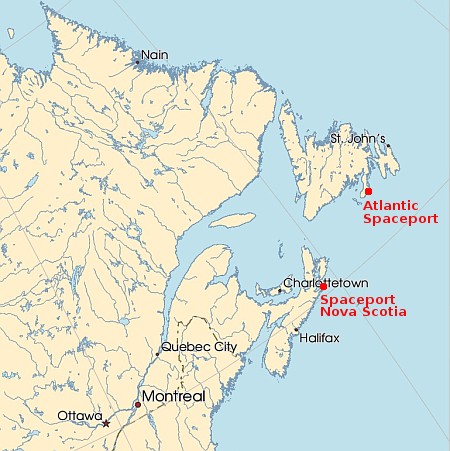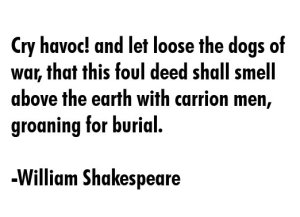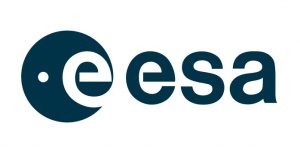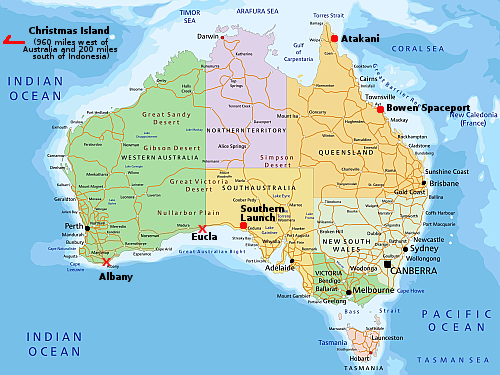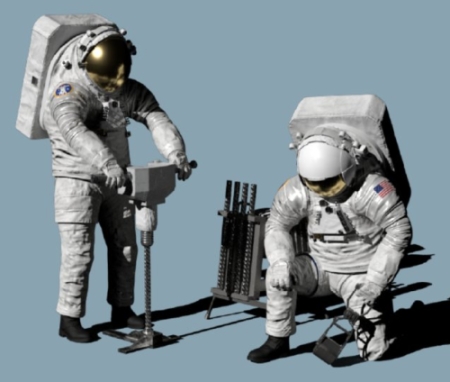
The issues discovered in an audit of Maricopa County in Arizona
of 2020 election results. Note the problems found related to voting
machines, Dominion’s responsibility. The reason the “Ballots
Impacted” column is marked “N/A” (not available) is because
Dominion refused to cooperate. Click for full graph.
In what could be a major move towards election reform, the electronic voting system company Dominion — that many have suspected or have accused of either doing a bad job tabulating computer ballots or purposely manipulating them — has now been purchased by an American company dubbed Liberty Vote that is owned by Republican election reform activist Scott Leiendecker.
Leiendecker, former GOP election reform advocate, has officially become the sole owner of Dominion after making the deal contingent on dropping several remaining lawsuits against prominent conservatives and One America News Network (OANN).
Leiendecker further disclosed to the Caller that remaining litigation with MyPillow CEO Mike Lindell, former New York City Mayor Rudy Giuliani and former Trump campaign attorney Sidney Powell will be dropped by Dominion Voting Systems as part of the acquisition agreement. Dominion also filed a lawsuit against Herring Networks, which owns OANN, in August 2021. The lawsuit remained unresolved, though Leinendecker further confirmed that future litigation will be discontinued following the acquisition.
None of the charges against Dominion have ever been proven, and many have become impossible to investigate because the company’s very successful lawfare campaign, suing anyone who said anything against it, including news organizations such as Fox and Newsmax, both of which settled with Dominion, paying it $787 million and $67 million respectively. Nonetheless, the allegations have been numerous, substantial, and alarming (see also here, here, here, and here). Audits found errors, fraud, and the ability for outsiders to hack Dominion’s machines.
Leiendecker, in announcing the purchase, said that the new company will move all operations to the U.S. and will make third-party audits standard. It will also make paper ballots a fundamental component of its electronic tabulating system, something that Dominion did poorly or not at all.
Even if Dominion had been completely honest in its work, its resistance to investigation or even any criticism helped fuel the growing belief that the 2020 election of Biden was tampered with and might even have been fraudulent. That much of the company’s operations were foreign-based further fueled those suspicions. This purchase should help ease those concerns, though the proof will be in the pudding.


